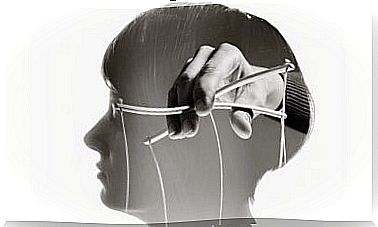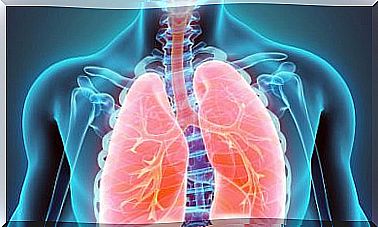Acute Lymphoid Leukemia: Treatments
Significant advances have now been made in the treatment of acute lymphoid leukemia. The cure rate is between 80% and 90%, although in some of these cases the disease recurs.
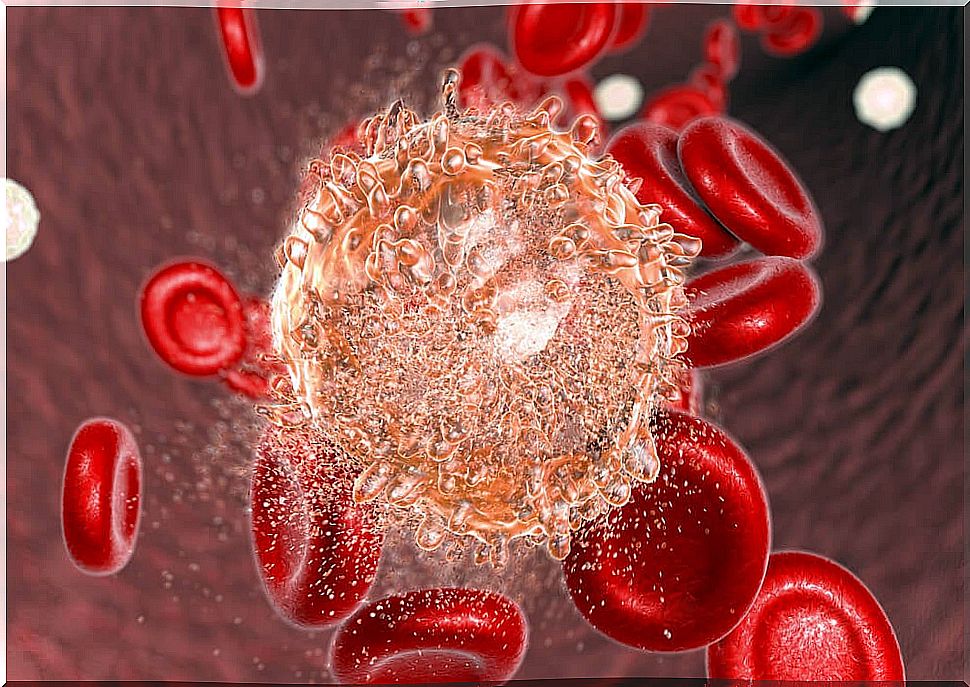
Acute lymphoid leukemia is a complex disease that groups together a set of related diseases. Those affected have different subtypes of it and, therefore, the prognosis may be different for each of them.
Acute lymphoid leukemia is a type of cancer that begins in the bone marrow and can appear at any age. Its incidence in children and adults is low, just over 1 in every 100,000 cases. Despite this, it is the most common type of cancer in those under 20 years of age.
It is defined as a cancer of hematological cells, in which there is a predominance of immature cells that are precursors of lymphocytes. It occurs when lymphoblasts become malignant, leading to large numbers of immature lymphocytes.
General aspects of the treatment
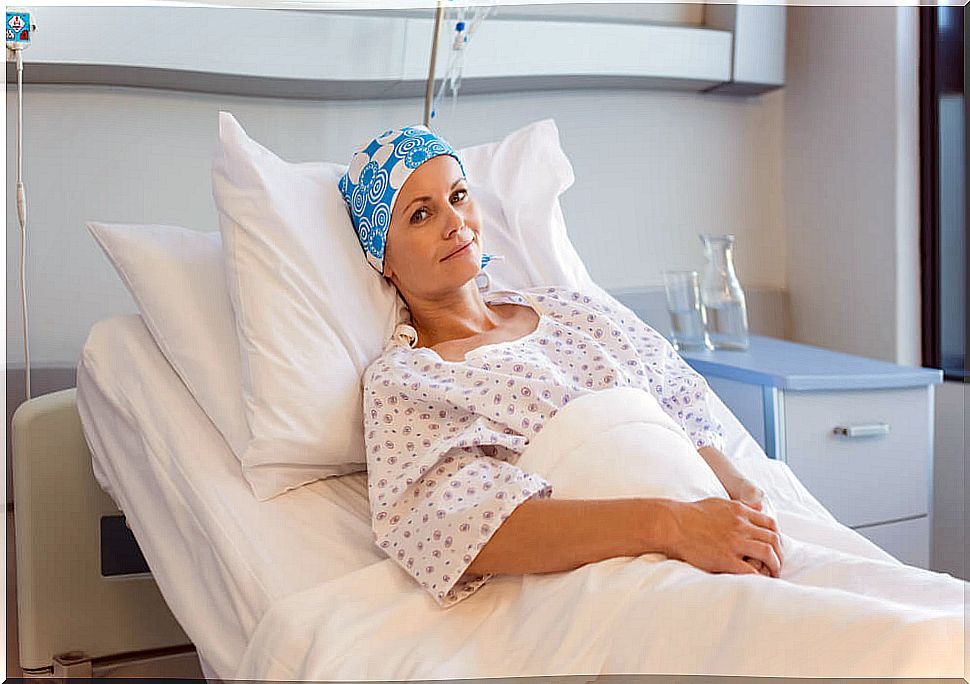
The main goal in the treatment of acute lymphoid leukemia is to achieve a cure. Today, many children with this disease are cured. The cure rate in adults has also increased, while recurrences are reduced.
Treatment may include chemotherapy, targeted therapy, stem cell transplantation, or new treatments under study. Classic treatment for acute lymphoid leukemia consists of three stages :
- Induction therapy. It is the first cycle of chemotherapy treatment. It usually starts immediately, requires hospitalization, and lasts between 4 and 6 weeks. It seeks to eliminate malignant cells and restore the normal level of blood cells.
- Consolidation or intensification therapy. It takes place when the disease subsides. The goal is to prevent it from reappearing. It consists of applying chemotherapy in cycles, for a period of 4 to 6 months. Stem cell transplantation may be indicated.
- Maintenance therapy. It has the same objective as the previous phase. It is done within 2 years of referral.
Childhood acute lymphoid leukemia treatment
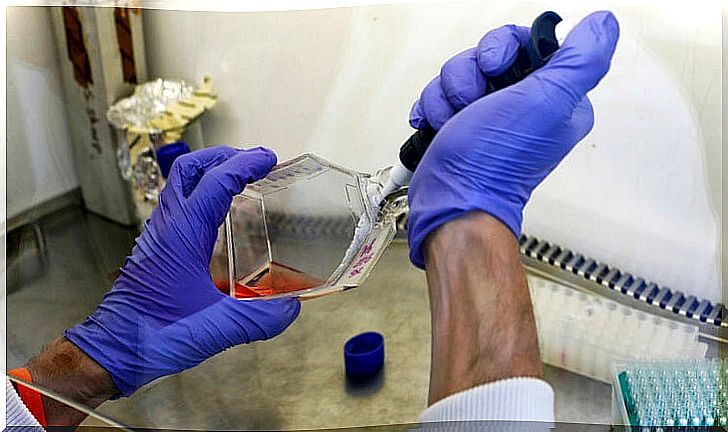
In the treatment of acute lymphoid leukemia for children , special attention is paid to side effects and late effects. Hence, periodic follow-up examinations are of great importance.
The main risks of childhood treatment are that in the long term the following effects occur :
- Heart, blood vessel, liver, bone, or fertility problems.
- Difficulties in mood, thinking, memory, or learning. The risk is higher in children younger than 4 years, who receive radiation therapy to the brain.
- Development of new types of cancer. Particularly thyroid, acute myeloid leukemia, and myelodysplastic syndrome.
Treatment may include one or more methods : chemotherapy, radiation therapy (internal and external), stem cell transplantation, targeted therapy, central nervous system targeted therapy, and chimeric antigen receptor T-cell therapy.
For children who do not respond to treatment, a targeted therapy method with blinatumomab or inotuzumab is currently being tested. Likewise, progress is being made in new studies on T-cell therapy with chimeric antigen receptors.
Treatment in adults
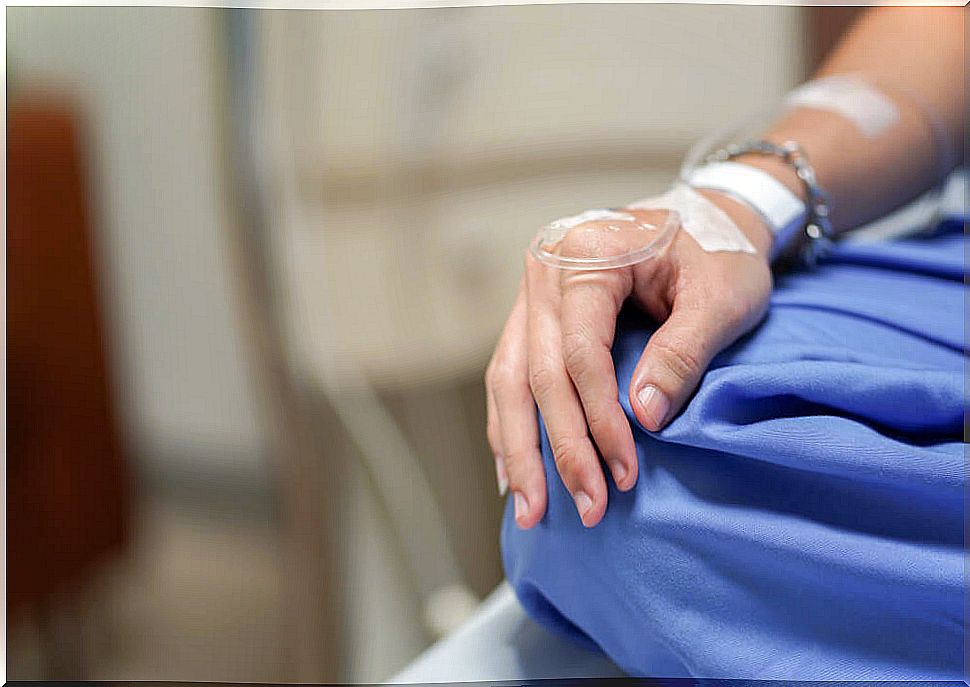
The main risk in treating acute lymphoid leukemia in adults is recurrence of the disease. This is the main factor to prevent and evaluate in post-mission therapy.
For adults, basically the same methods are used as for children. However, biological therapy is also included. This is a treatment in which the patient’s own immune system is used to fight the disease.
Both children and adults can join the clinical trial of new treatments. This depends on whether they are suitable patients. The attending physician should always be asked about this option.
More information of interest
It is estimated that between 80% and 90% of patients have complete remissions after treatment for acute lymphoid leukemia. However, between 30% and 40% have the disease again. The cure rate is higher in younger patients.
Follow-up is very important in patients who have been treated for acute lymphoid leukemia. This includes physical exams, blood tests, and eventually bone marrow tests. Strictly follow the doctor’s instructions in this regard.
After treatment, you should adopt a healthier lifestyle. A better diet, a balance between exercise and rest and an emotional quality of life are more than recommended measures.
